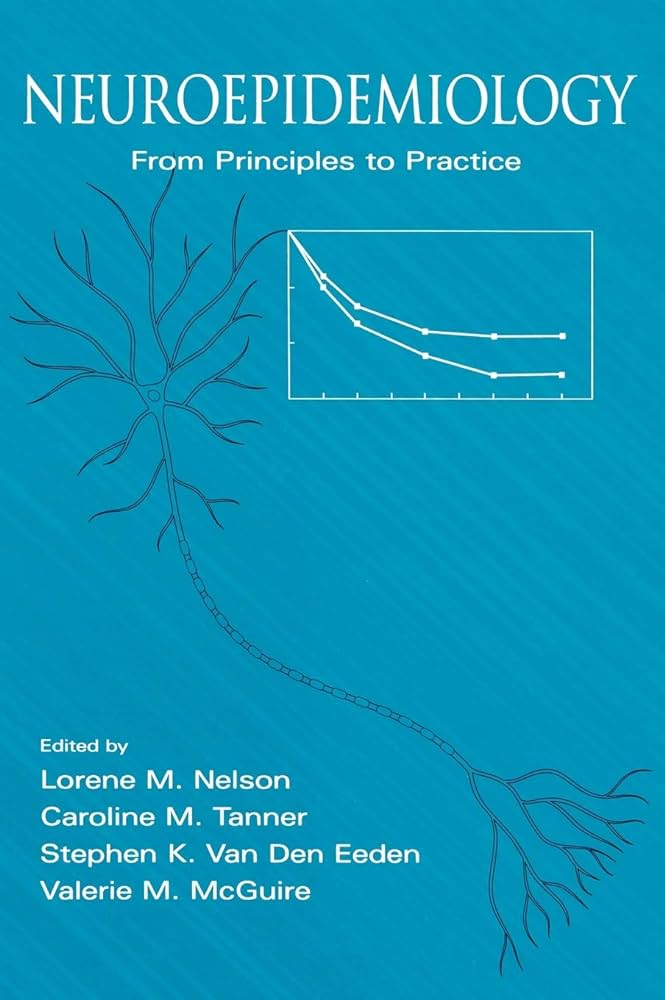澳大利亚缺血性中风的未来负担:2019 年至 2038 年对健康结果的影响。
IF 3.2
3区 医学
Q2 CLINICAL NEUROLOGY
引用次数: 0
摘要
背景对澳大利亚人口缺血性卒中(IS)未来负担的预测尚未得到广泛报道;此类数据的提供将有助于卫生政策规划、临床指南更新和公共卫生。方法首先,我们使用多州生命表模型估算了 IS 的终生风险(从 40 岁到 100 岁)。其次,我们构建了一个多州动态模型,以预测澳大利亚 40 至 100 岁人口在 20 年内(2019-2038 年)的 IS 负担。研究数据主要来自维多利亚州的一个大型代表性链接数据集,该数据集以维多利亚州入院病例数据集和国家死亡指数为基础。该模型预测了非致命性 IS 和致命性 IS 的流行病例和发病病例,以及有 IS 和没有 IS 的寿命年数 (YLL)。YLL 结果每年贴现 5%;我们在情景分析中改变了贴现率。结果据估计,从 40 岁开始,IS 的终生风险在 2018 年男性为 15.5%,女性为 14.0%。从 2019 年到 2038 年,预计将有 644 208 名澳大利亚人罹患 IS(564 922 人非致命,79287 人致命)。根据模型预测,到 2038 年,将有 358 534 人罹患流行性渐冻人症,2038 年将有 35 554 人罹患非致命性渐冻人症,5 338 人罹患致命性渐冻人症,分别比 2019 年的估计值增加 14.2% (44 535 人)、72.9% (14 988 人) 和 106.3% (2 751 人)。预计澳大利亚人口累积的 YLL(贴现率为 5%)为 174 782 672(男性为 84 251 360,女性为 90 531 312),IS 患者的 YLL 为 4 053 794(男性为 2 320 513,女性为 1 733 281)。该模型的结果为决策者设计减少中风负担的策略提供了重要信息。本文章由计算机程序翻译,如有差异,请以英文原文为准。
Future burden of ischemic stroke in Australia: impact on health outcomes between 2019 and 2038.
BACKGROUND
Projections of the future burden of ischemic stroke (IS) has not been extensively reported for the Australian population; the availability of such data would assist in health policy planning, clinical guideline updates, and public health.
METHODS
First, we estimated the lifetime risk of IS (from age 40 to 100 years) using a multi-state life table model. Second, a multistate dynamic model was constructed to project the burden of IS for the whole Australian population aged between 40 and 100 years over a twenty-year period (2019-2038). Data for the study were primarily sourced from a large, representative Victorian linked dataset based on the Victorian Admitted Episode Dataset and National Death Index. The model projected prevalent and incident cases of non-fatal IS and fatal-IS, and years of life lived (YLL) with and without IS. The YLL outcome was discounted by 5% annually; we varied the discounting rate in scenario analyses.
RESULTS
The lifetime risk of IS from age 40 years was estimated as 15.5% for males and 14.0% for females in 2018. From 2019-2038, 644 208 Australians were projected to develop incident IS (564 922 non-fatal and 79 287 fatal). By 2038, the model projected there would be 358 534 people with prevalent IS, and in 2038 there would be 35 554 incident non-fatal IS and 5 338 incident fatal-IS, a 14.2% (44 535), 72.9% (14 988) and 106.3% (2 751) increase compared to 2019 estimations, respectively. Projected YLL (with a 5% discount rate) accrued by the Australian population were 174 782 672 (84 251 360 in males and 90 531 312 in females), with 4 053 794 YLL among people with IS (2 320 513 in males, 1 733 281 in females).
CONCLUSION
The burden of IS was projected to increase between 2019 to 2038 in Australia. The outcomes of the model provide important information for decision-makers to design strategies to reduce stroke burden.
求助全文
通过发布文献求助,成功后即可免费获取论文全文。
去求助
来源期刊

Neuroepidemiology
医学-公共卫生、环境卫生与职业卫生
CiteScore
9.90
自引率
1.80%
发文量
49
审稿时长
6-12 weeks
期刊介绍:
''Neuroepidemiology'' is the only internationally recognised peer-reviewed periodical devoted to descriptive, analytical and experimental studies in the epidemiology of neurologic disease. The scope of the journal expands the boundaries of traditional clinical neurology by providing new insights regarding the etiology, determinants, distribution, management and prevention of diseases of the nervous system.
 求助内容:
求助内容: 应助结果提醒方式:
应助结果提醒方式:


